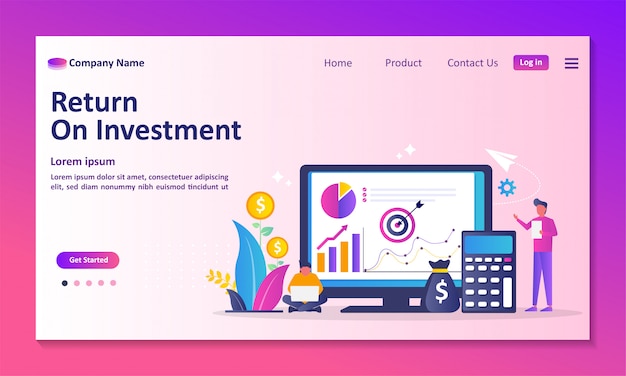
Deciding Between YieldStreet and Fundrise: Your Ideal Investment Platform Awaits!

Are you looking for the best online platform to invest in real estate? Let’s compare two popular choices: Fundrise and Yieldstreet, to help you decide on the best one for you.
Fundrise, launched in 2012, is a crowd-funded real estate investing platform for all types of investors, including beginners. This platform allows you to start investing with as little as $10 and offers payments every quarter. As of 2023, Fundrise had around 2 million investors with payouts exceeding $300 million in dividends. Offering a broad range of real estate investments worth above $7 billion, Fundrise is ideal if you desire variety but not so much if you want diversification across different assets.
Yieldstreet, founded in 2015, targets accredited investors, offering 11 alternative investments, including real estate, cryptocurrency, fine art, and more. Their user-friendly dashboard enables easy browsing of all investments and options to filter based on initial investment size, IRA eligibility, asset class, and term length. Yieldstreet’s dedication to flexible investment options is commendable, but the minimum investment typically ranges between $10,000 to $25,000, which might be a hindering factor for average investors.
Both platforms offer access to top-notch real estate investments, charge low asset management fees, and provide regular cash distributions. However, their investments tend to be highly illiquid. In Fundrise, you will be charged a fee if you try to liquidate your shares early. Yieldstreet doesn’t allow early redemptions, meaning once your investment is processed, you must hold on to it for the specified term.
In regards to their investment focus, Fundrise mainly concentrates on real estate properties, offering four distinct investment strategies within its portfolio. Meanwhile, Yieldstreet allows for investments across eleven alternative asset classes, hence offering more flexibility and diversity.
Despite having an impressive record, investments made on Yieldstreet can fluctuate significantly. Generally, you can expect annual returns ranging from 9-13%, but there’s no guarantee. Fundrise has been quite consistent, with no negative quarters and stable payouts, with annual returns averaging 5.29%.
In summary, if you’re a modest spender interested in the real estate market, Fundrise offers affordable options. For accredited investors desiring broad alternative asset investment diversification, Yieldstreet proves to be a valuable option. If you are an overseas investor looking to invest in the US, Yieldstreet would serve you best.
Regardless of the choice of platform, both Yieldstreet and Fundrise have showcased excellent historical performances, gained trust from thousands of investors, and provide top-quality investments.
Remember, investing is a personal journey, and we recommend choosing a platform that best aligns with your long-term goals. If you wish to explore the world of real estate investment, Fundrise might be your best bet. On the other hand, if you’re open to trying various alternative investments and are comfortable with higher risks, Yieldstreet may be the way to go.
Both platforms operate on mobile devices (Android and iOS) and have received positive reviews from users. Signing up on either platform is straightforward, with Fundrise allowing both accredited and non-accredited US citizens and residents, while Yieldstreet requires you to meet the accredited investor criteria set by the SEC (Securities and Exchange Commission). Keep in mind, only US and foreign investors with valid SSN (or TIN/EIN for foreign investors) and a US-based bank account can use Yieldstreet.
In conclusion, both Yieldstreet and Fundrise are reliable platforms for your investment journey. Fundrise is great for beginners and offers a hands-off real estate investment experience. Yieldstreet, on the other hand, provides extensive access to alternative investments and is beneficial for the more experienced investors seeking diversification.
Review your goals carefully and choose the platform that aligns with your investment strategy. And remember, as with any investment, there are risks involved, and past results do not guarantee future performance.


